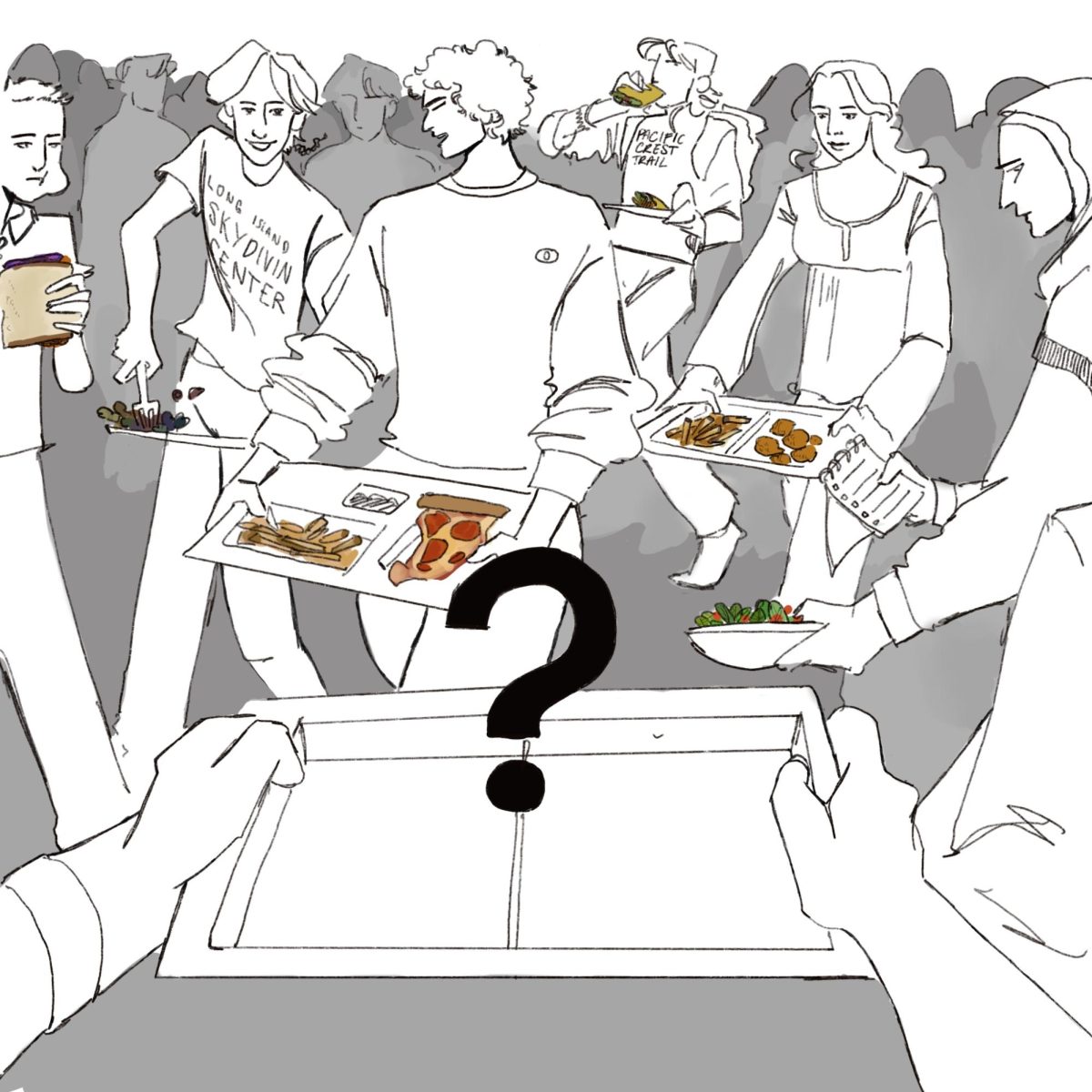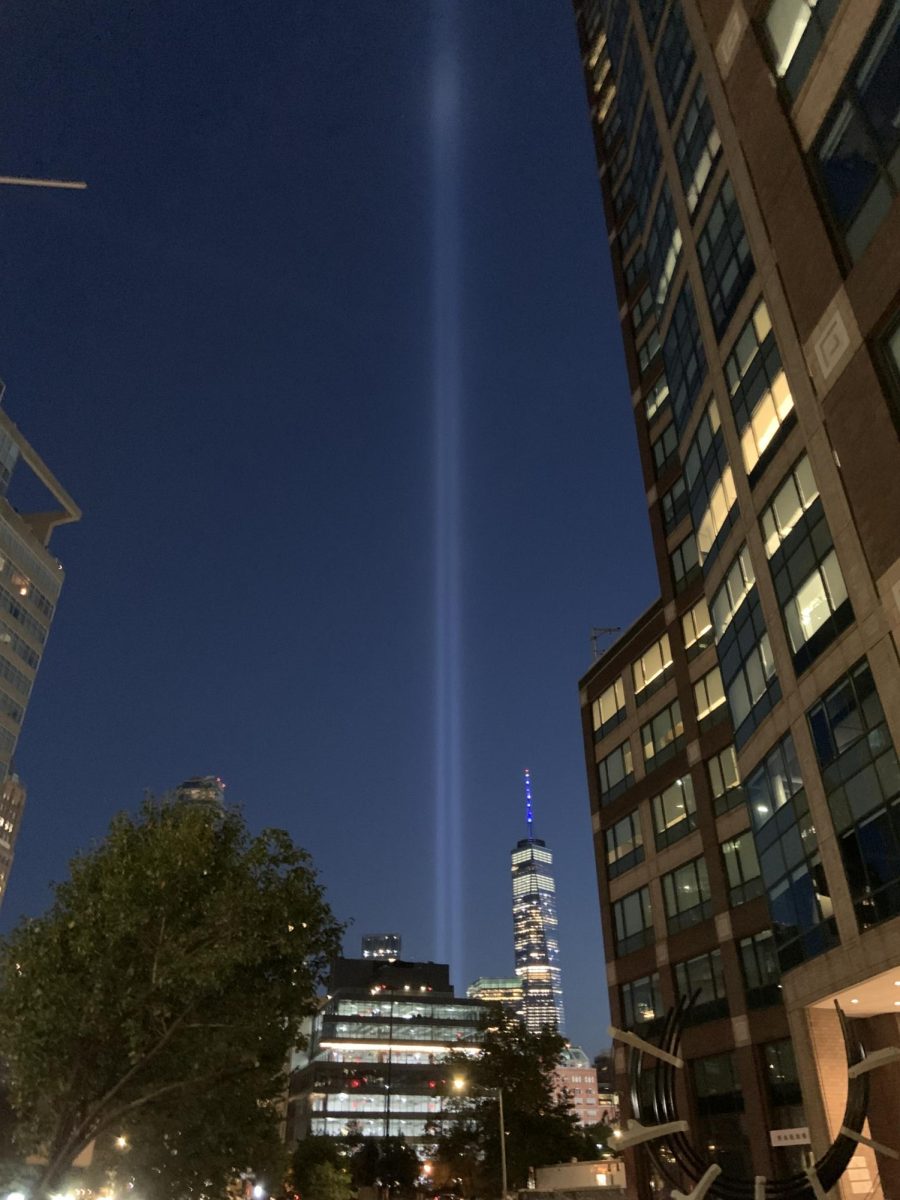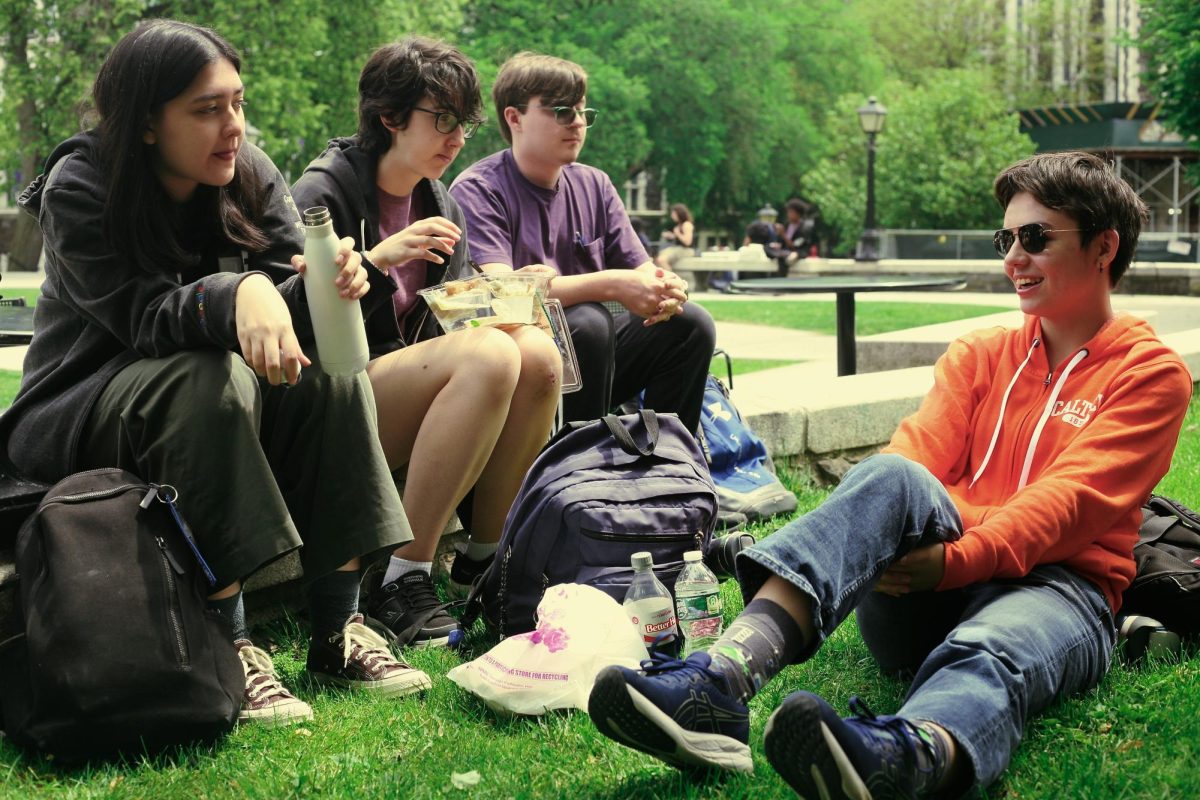You may have heard the words “aro” and “ace” popping up recently in discussions about romantic and sexual attraction — or maybe this is the first time you’ve ever heard them. But what do those terms actually mean? “Aro” and “ace” are shorthand for aromantic and asexual, which make up the A in LGBTQIA+ (along with agender). Aromanticism is a lack of romantic attraction towards other people, while asexuality is a lack of sexual attraction towards other people. A person can be aromantic, asexual, or both.
Since the queer community has long fought for acceptance of non-straight relationships, aromantic and asexual rights are sometimes viewed as unrelated or even counterproductive to the rights of other marginalized sexualities. Alex English, a former SNL writer, recently joked that asexuals should be kicked out of LGBTQIA+ because “historically, in all those marches… the way I heard the message was ‘Let us f-ck! Let us f-ck!’ Somehow, asexuals crept into the conversation like ‘But not us! But not us!’ … That feels like friendly fire on the front line.” But LGBTQIA+ liberation isn’t about having sex — it’s about having the freedom to live as yourself regardless of your gender or whom you’re attracted to. That should include the freedom to not be attracted to anyone.
Asexuals and aromantics face a distinct type of marginalization, both within the LGBTQIA+ community and outside of it. Many people don’t believe that a person could not feel attracted to anyone, because romantic love and sex are seen as universal human experiences. Like many LGBTQIA+ identities, asexuality and aromanticism are often treated as attention-seeking behaviors or problems that the right person could come along and “fix.” The skepticism and lack of respect shown towards aros and aces causes many of us to worry that there’s something wrong with us. Some aros and aces out there haven’t even heard that there’s a term for how they feel. That’s why asexuals and aromantics need more positive representation in the media — to raise awareness of the labels, and to combat internalized phobia.
One of the first (and best) representations of asexuality and aromanticism is the character Jughead Jones in the Archie comics and the Jughead spin-off comic series. Jughead has been portrayed as uninterested in dating, kissing, or romantic relationships since his creation in 1941, long before there was widespread knowledge of a label for that. It’s a pretty fundamental part of his character — there are several Archie storylines that revolve around Jughead ignoring the attention of women because he is busy thinking about food (an even more fundamental part of his character). While comic series that run for a long time often have multiple different interpretations told by different writers, Chip Zdarsky’s version of Jughead was confirmed to be asexual in 2016.
Unfortunately, Jughead’s asexuality and aromanticism was entirely ignored in the Riverdale TV adaptation, despite his actor advocating for asexuality in the show. Chip Zdarksy said in an interview with Affinity Magazine that even though he would have preferred Jughead as an asexual character, “there was no way [The CW Network was] gonna let that character be asexual … they want to keep their options open in terms of teens having sex.” I’m inclined to agree with that assessment, given Jughead’s multiple kissing and sex scenes over the course of the show. It really bothers me that Riverdale erased such an integral part of Jughead’s character when there are already so few asexual characters out there.
While many stories revolve around discovering sexuality, I only know of one novel specifically about discovering asexuality and aromanticism: Loveless by Alice Oseman. The story follows a college student named Georgia who has never felt attracted to anybody and spends the majority of the book desperately trying to fall in love, only to realize that she has all the love she needs in the form of her friends. Loveless depicts all sorts of LGBTQIA+ identities in diverse and realistic ways, and I think it’s a worthwhile read.
I didn’t realize that I was asexual until I was about 13 — I’d never really thought about sexual attraction (or lack thereof) before, and I just assumed that everybody else was like me until my friends started talking about their sexual feelings. I didn’t know of any other people that felt the way I did, and my first exposure to asexuality came in the form of Tumblr discourse (yikes). Being asexual initially felt normal to me, but I began to wonder if it was a bad thing after reading so many anti-asexual posts. I wish that I’d known about Georgia, Jughead, and other aro or ace fictional characters back in 2020, and I wish there were more of those characters around now. More representation would allow for real-life aromantics and asexuals to see themselves as normal, and help non-aroaces to understand and support their friends. While hopefully there will be more visibly aro and ace characters out there in the future, for now we can do our part by not erasing the aroace characters that already exist.
























